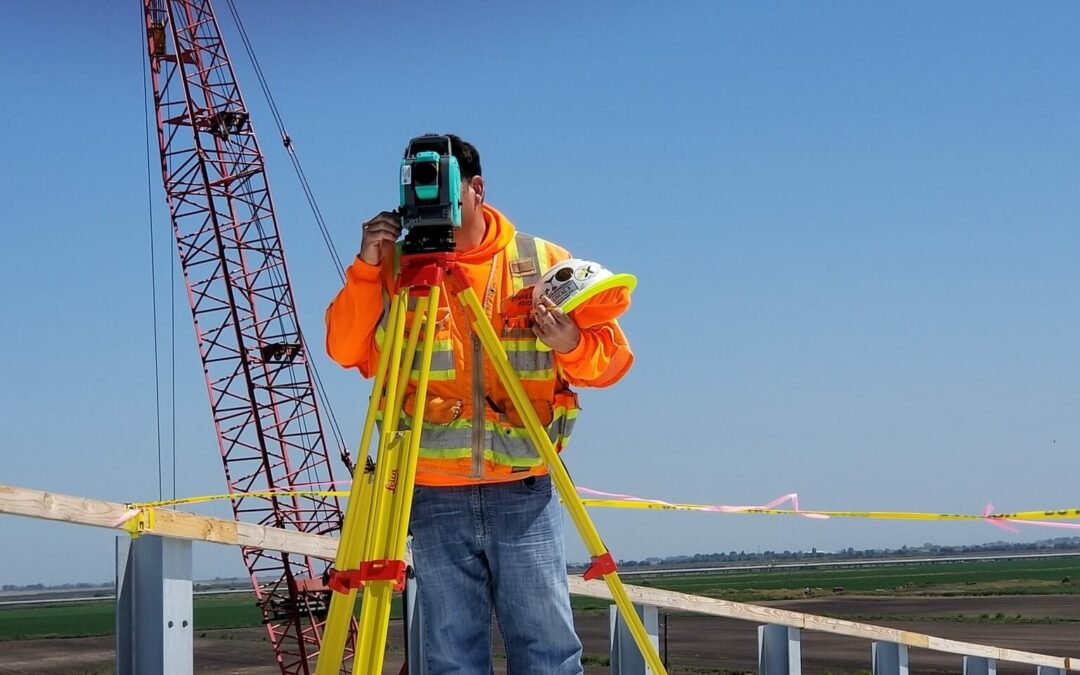Current labor shortages, a retiring workforce, and evolving technology have created a gap between the workforce’s skills and the skills employers need. This misalignment is especially felt in manufacturing, where vacancies have tripled over the past ten years.
A skills gap analysis can help employers close their gaps by identifying critical skills and creating a plan to equip workers with those skills.
What is a Skills Gap Analysis?
A skills gap analysis examines the difference between the skills an employer needs and the skills their workforce currently possesses. The analysis should identify and prioritize the most critical skills gaps and list the resources needed to bridge the gap.
Benefits of a Skills Gap Analysis
A skills gap analysis can create alignment between internal teams and help reach business goals. Other benefits include:
- Quantify the changing job skills and responsibilities in your industry
- Create a more agile and skilled workforce
- Improve the quality of products or services
- Increase the safety of your workforce
- Improve efficiency by making sure the right number of people with the right skills are in the right place
- More targeted recruitment/training
Step One: Identify Critical Skills
Begin your analysis by listing the critical skills your organization will need to accomplish its short-term and long-term goals. Develop a list of competencies that clearly and accurately describes what is needed to do the work.
Questions to help you identify critical skills:
- What skills must employees have to do their jobs successfully and safely?
- What skills do employees need to excel in this industry?
- What jobs in your organization or industry are likely to be automated?
- What skills are currently on the rise in your industry?
- What jobs or positions will your organization need to create to reach its goals?
Tips:
Include hard and soft skills in your analysis. Although technical skills will vary depending on the job, both hard and soft skills are important for a safe and efficient workplace. If you need assistance in this step of the process, Nocti Business Solutions can help by working with your subject matter experts to conduct a job and task analysis.
Establish criteria for what makes a skill “critical.” For example, if an employee lacks a certain skill but satisfactorily completes a task, the skill is noncritical. But, if an employee completes a task with an unsatisfactory outcome, the missing skill is critical.
Step Two: Measure Current Skills
Next, create a list of your workforce’s current skills. Include any relevant certifications, as well as position descriptions, and data from performance reviews. You may also wish to conduct interviews with supervisors, managers, and employees to ensure you accurately identify current skills.
Questions to help you identify current skills:
- What skills do we have in-house?
- What critical skills or services do we outsource?
- How are my current employees performing compared to the job descriptions we have for each role?
Tip: get a more accurate analysis of current skills by administering technical skills assessments. Based on industry standards, these standardized tests evaluate individual employee performance to see if they have the necessary skills for the job.
Step Three: Compare Data & Find Gaps
Now, compare the list of critical skills in step one with the existing competencies from step two. This will highlight the gaps between your workforce’s current skills and the skills needed to reach your organization’s goals. The more data collected in the first two steps, the more thorough your analysis will be.
Compile a list of missing skills and rank them in order of importance. Also, make notes if some skills are in more demand than others as these positions may be more difficult to fill. Prioritizing missing skills will help focus future training and recruiting efforts and help you allocate appropriate resources.
Tip: map critical skills to organizational goals. For example, suppose you want to increase manufacturing capabilities with automation. In that case, your skills gap analysis should list the skills needed by automation technicians and approximately how many positions must be filled to reach the goal.
Step Four: Create a Plan to Close Your Skills Gap
The last step is to begin planning how you will equip your workforce with the critical skills you identified. In general, employers have two main options for closing skills gaps: buying talent directly from the labor market or building a skilled workforce through upskilling or apprenticeships. Both are viable options but remember that skills in high demand will be more difficult to buy directly from the labor market. Building a skilled workforce can include reskilling (retraining incumbent workers), apprenticeships, and partnering with community schools and organizations.
Tip: include performance measures in your plan to track progress and keep teams aligned. Metrics could include a target number of completed training courses, certifications earned, or positions filled.
Build a Skilled Workforce with NBS
Nocti Business Solutions has been helping employers solve their workforce challenges for over 20 years. Our testing services evaluate new and incumbent workers to ensure they have the skills and knowledge required for specific positions. We have over 170 technical skills assessments across all industries and can also customize a solution to meet your specific needs. Let us know how we can help you build a skilled workforce!
Try a sample assessment today!
Hire the most qualified candidates and start building a skilled workforce with NBS.


Recent Comments